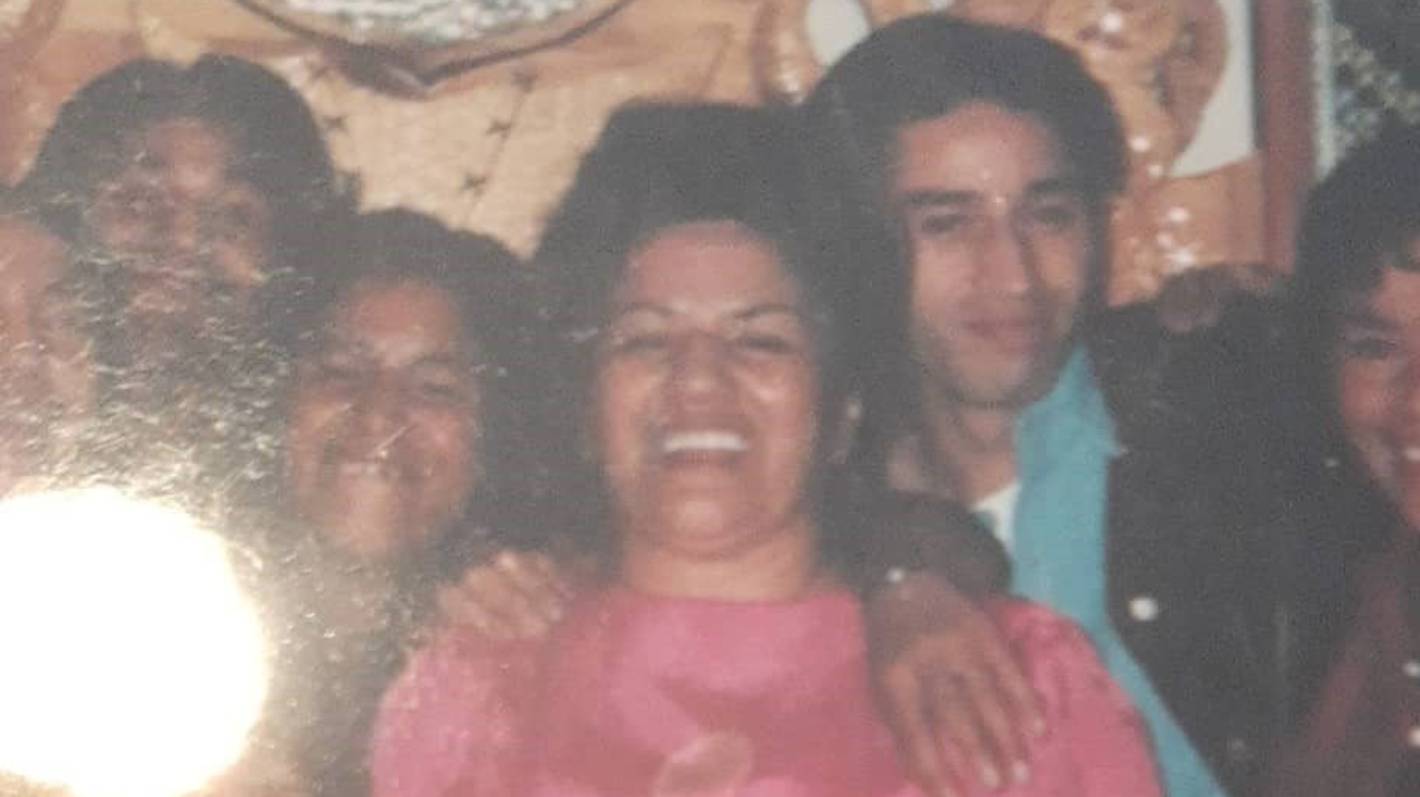Connie Takimoana/Supplied
Ruth Takimoana, 71, died after she fell while using a hallway phone at Whangārei Hospital in 2019.
A woman’s death following a fall at Whangārei Hospital was preventable, a coroner has ruled.
Ruth Takimoana, 71, died at Whangārei Hospital following a fall on September 25, 2019.
Takimoana had arrived at the hospital the day before from Auckland City Hospital, where she had been recovering from surgery to amputate four toes.
Once settled into her new room at Whangārei Hospital, Takimoana asked to call her whānau and was assisted to a hallway phone by a nurse.
READ MORE:
* Covid-19: Strained Northland hospitals ask whānau to help patients shower
* New $500m hospital for Whangārei, whānau empowerment, key priorities in health reforms
While on the phone, Takimoana became wobbly on her feet and fell, according to a recently released coroner’s report.
Denise Piper/Stuff
Northland DHB said it had reviewed the patient transfer process following Takimoana’s death.
A CT scan found she had suffered a small brain bleed and she died the next day.
A serious event analysis report undertaken following Takimoana’s death found the hospital did not have a cordless phone available for patients to use in bed.
Coroner Alison Mills said the fall that resulted in Takimoana’s death was preventable and recommended the hospital install a call bell beside the hallway phone, so that patients can request help if needed.
“This could reduce the risk of patient falls (and consequential injuries such as sustained by Mrs Takimoana) in the future.”
Coroner Mills also found there had not been any communication between the two hospitals regarding Takimoana’s care needs, including any mobility needs or a fall management plan.
123rf
A cordless phone has been ordered for the hospital. It previously had a cell phone for patient use, but this was stolen. (File photo)
She recommended Northland DHB contact the other hospital when a patient is transferred without a handover of relevant information and continue to work with the Auckland DHB to improve transfer processes.
Takimoana’s daughter, Connie Takimoana, told Stuff she blames herself for her mother’s death, as she had arranged for her transfer back to Northland.
Ruth Takimoana was starting to lose her memory, so Connie Takimoana felt it would be good for her to be closer to her whānau, including her 24 mokopuna.
“I felt like it was [on] me because I made her come back.”
Additionally, Connie wanted to learn how to help with her mother’s rehabilitation, as she was her caregiver.
Stuff
Brian Callinan, 83, is frustrated it will be another year before he can have a hip replacement, because of capacity problems at Whangārei Hospital.
“But she never made it to rehab. I didn’t get a chance.”
Connie said she was “distraught” that Whangārei Hospital did not have a fall plan for her mother and worried for its other patients.
“I wouldn’t like it to happen to someone else’s family.”
Northland DHB chief medical officer Jennifer Walker said safety and quality of care were top priorities for both DHBs.
“We understand how very hard it can be for whānau when there is a devastating outcome for a loved one and we extend our sincere condolences to Mrs Takimoana’s whānau and friends.”
Since learning of the coroner’s findings, the DHB had reviewed the patient transfer process, which included fall risk and mobility plans, and was working with the Auckland DHB to implement a formal handover protocol as a “priority action”.
A call bell had also been installed next to the hallway phone, and a cordless phone for patient use had been ordered.
Asked why the DHB had not sent someone to a shop to buy a phone after the coroner’s hearing was held in February, a spokesperson said a cellphone had been available to patients, however it had been stolen.
“Not all phones work well within the environment, therefore only certain phones can be ordered.”
A new cordless phone had been ordered in March but is yet to arrive at the hospital.




